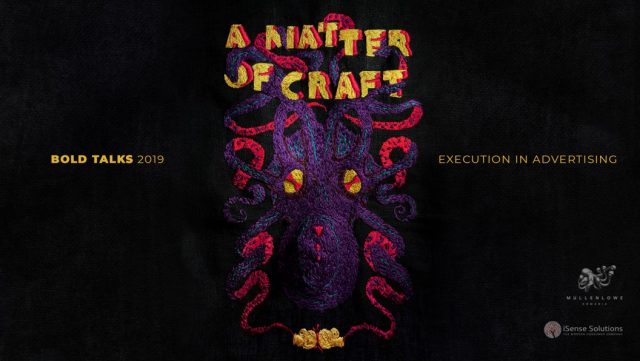Bold by Lowe Group study: strong emotions, a good execution and rhythm increase the commercial’s performance among the audience
Mullen and iSense Solutions realized a new study under the umbrella Bold by Lowe Group, in which they analyzed the part it plays in the quality of the execution in the communication with the consumers. They did that analyze through a research in which it combined the classic research tools with the innovative techniques such as eye-tracking, EEG and measuring emotions.
The results of the study will come in the help of the brands with a series of valuable conclusions following the analyzing of the results given by the participants to the interviews and offer a consumer perspective over the manner in which the commercials truly fulfill their objective.
We believe that is essential for clients not to choose a communication concept based only on the manner in which the idea sounds on paper, in an abstract environment. Sometimes the execution and the manner in which they develop are just as important as the „big idea”. The brand’s narrative can resolve the business problem clearer and more directly than the concept „stand alone”, that most of the times lives in the laboratory, under a glass bell, on a .ppt slide. No matter how original it might sound, a concept that doesn’t open (and holds) the door in order for the execution to enter the room remains an arid exercise. The idea and the execution must live and strike together, in combo, and it should receive the same attention from the clients’side, as well as from the agencies’ one. It’s pretty obvious that many consumers react to delicious execution details and less to the Holy Grail the creative teams are looking for: the idea that has never been done before,” said Silviu Antohe and Mihai Costache, Group Creative Directors, Mullen.
In order to identify the most efficient commercials we used tools that can measure the manner in which the consumers react, feel and see. The EEG tool shows the way in which people react to different stimulus and how much a commercial is getting their attention. The eye-tracking tools tell us what the consumers see on screen and, the most important, what they don’t see. Therefore, we were able to get essential insights that can be applied in the execution of a commercial,” added Iulia Dragusin, Qualitative Researcher, and Andrei Elvadeanu, Client Service Manager iSense Solutions.
Romanians are giving more attention to the big brands and the commercials in which are present products from usual,often used categories. In the case of big, known brands, the commercials with a weak execution are more easily overlooked. For the brands at the beginning of the journey, it matters more that the communication is creative and bold, in order to maximize the awareness effort.
A clear narrative for the TVC contributes with success to the message’s transmission. at the same time, it helps the memorizing of the commercial, while it insures that the brand’s positioning is clearly understood by the consumer. If the brand is successfully integrated in the TVC’s action and it resolves a certain tension, the impact is even bigger. It’s important that the story breaths, it has a rhythm that the consumers can watch. The commercials that rise the curiosity in the moment of the viewing delivers strong emotions if the emotional moment captures the attention through unexpected elements, such as the actors play or the well done script.
At the same time, a good execution of the commercial – from an impactful soundtrack, up to the actors’lines – they can increase the commercial’s performance among the audience. Moreover, the good execution can directly address the business objectives. Not least, a good execution attracts the attention and rises the wanted emotions. The exceptional execution elements surprise the audience and represent the key in order to attract the attention. Choosing carefully the moments with big impact in the story generate emotion and brand affinity.
As methodology, the study had a quantitative side, online, with 600 people in urban, age 18 -49 years old, and a qualitative research, 10 interviews created with the help of the iSense NeuroLab Tools.







